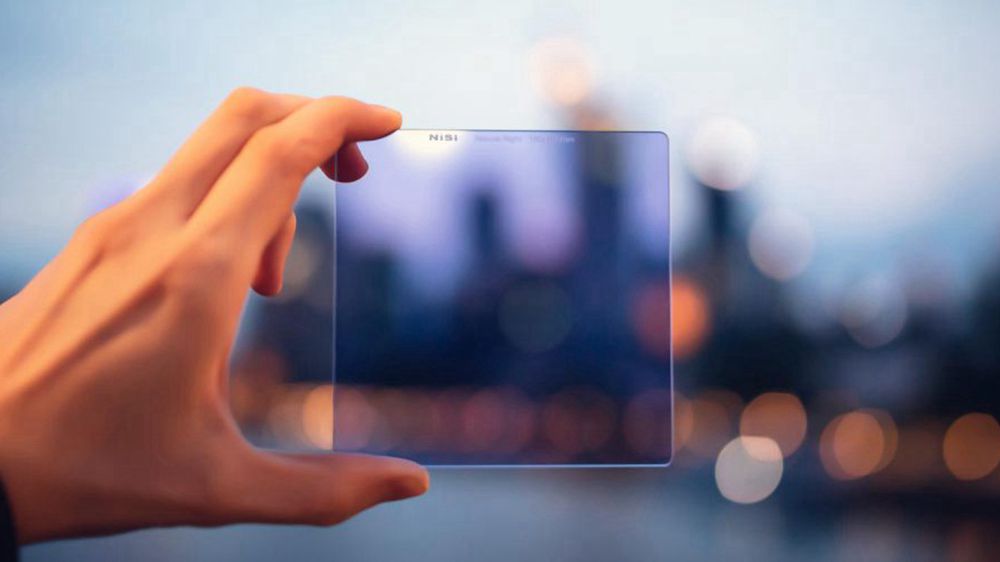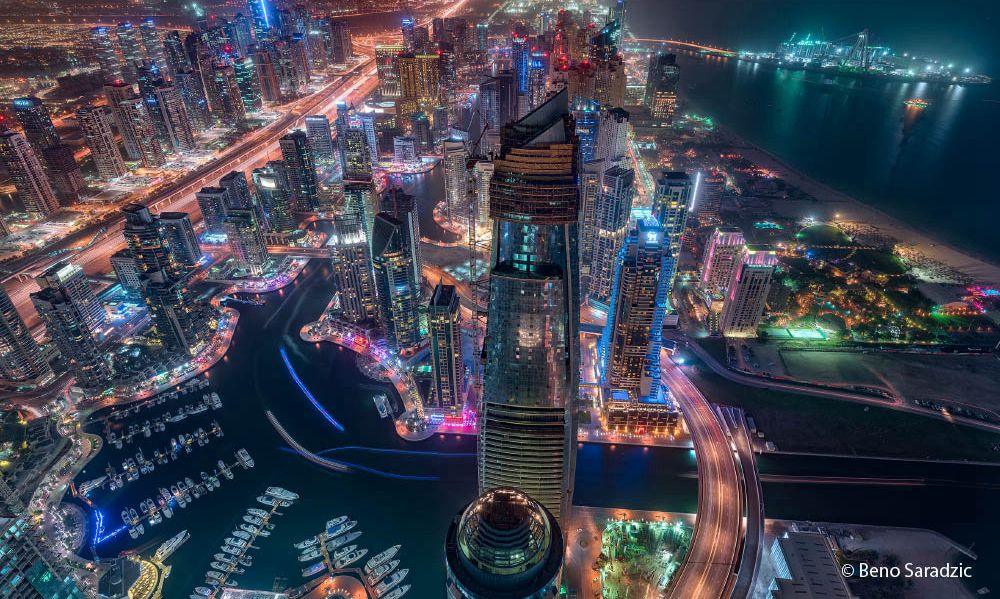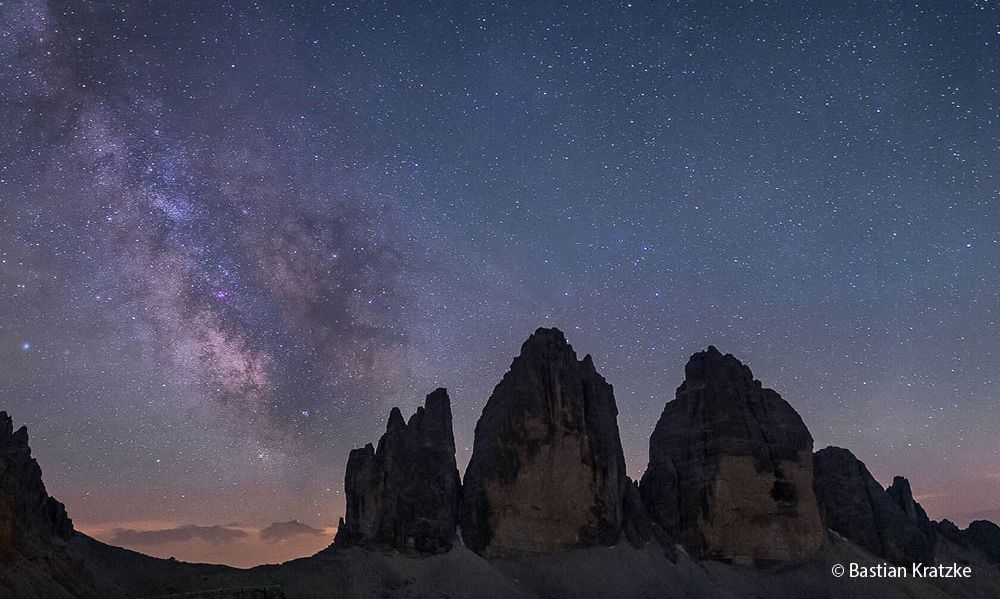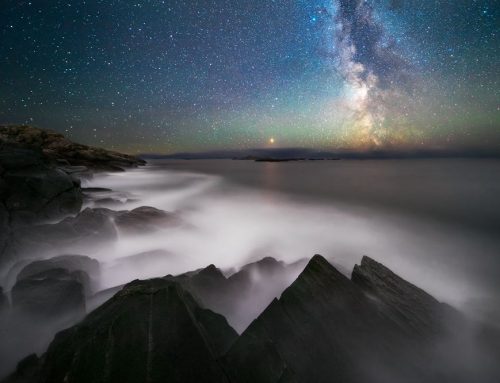
Using filters at night seems counterintuitive since it is generally desirable to allow more light through to the sensor. However, there are scenarios where filters are useful. Nisi’s natural night filter cuts out wavelengths associated with yellow streetlights hence and hence reduces the effect of light pollution in night images. The unwanted effect of using this filter is that it also blocks approximately 1 stop of light and has a slight magenta cast which is easily corrected in post processing. The following is a list of night time scenarios and whether I would use the natural night filter.

- Shooting night cityscapes: I would always use the night filter for these scenes as some aspects of light pollution reduction are not as easy to achieve from post processing alone. It removes the unsightly yellow tinge of street lights.

- Shooting night sky with nearby city light pollution. I would use the night filter in this scenario except if the exposure is dependent on iso or shutter speed such as shooting the Milky Way.

- Shooting ‘still’ Milky Way images. Generally, I would avoid using the night filter for these scenes unless your camera has clean iso performance above iso3200 or you have a dedicated Milky Way lens that has an aperture of wider than F2.8. This is due to the 1 stop of light that this filter blocks – meaning you will need to compensate by increasing iso (limited by noise), increasing shutter speed (risking stars moving), or opening the aperture by 1 stop.
by Dylan Toh





